Bosch ROS20VSC palm sander
Highlights
Product attributes
Galleries
In the box
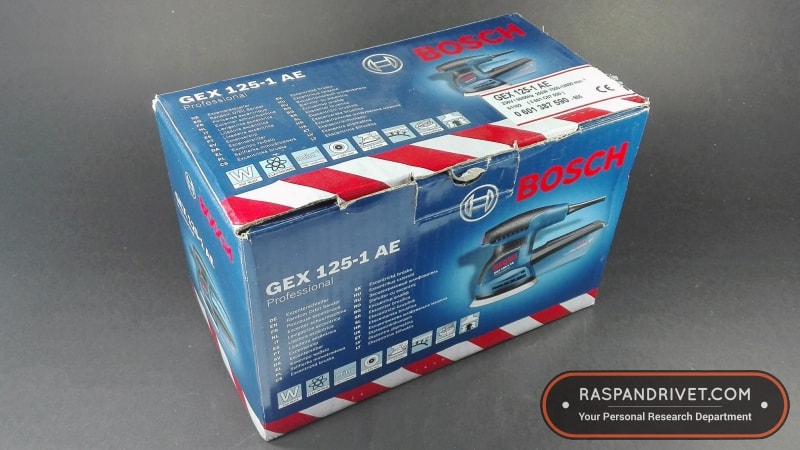 the box the bosch gex 125 1 ae random orbit sander came in
the box the bosch gex 125 1 ae random orbit sander came in bosch gex 125 1 ae random orbit sander
bosch gex 125 1 ae random orbit sander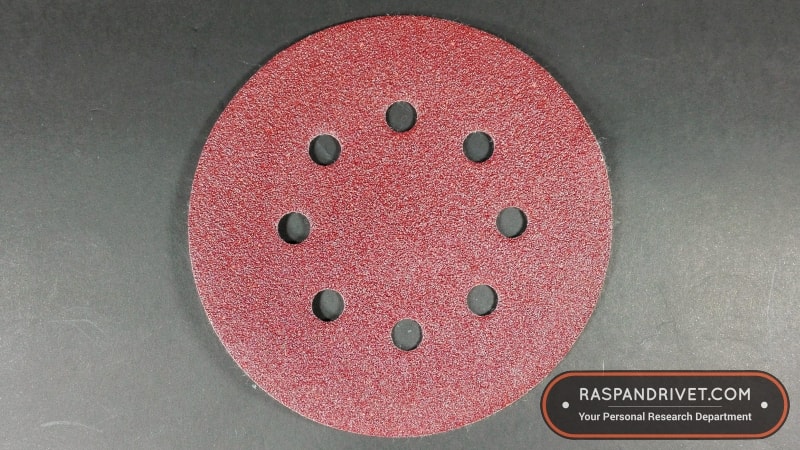 bosch 80 grit random orbit sanding pad
bosch 80 grit random orbit sanding pad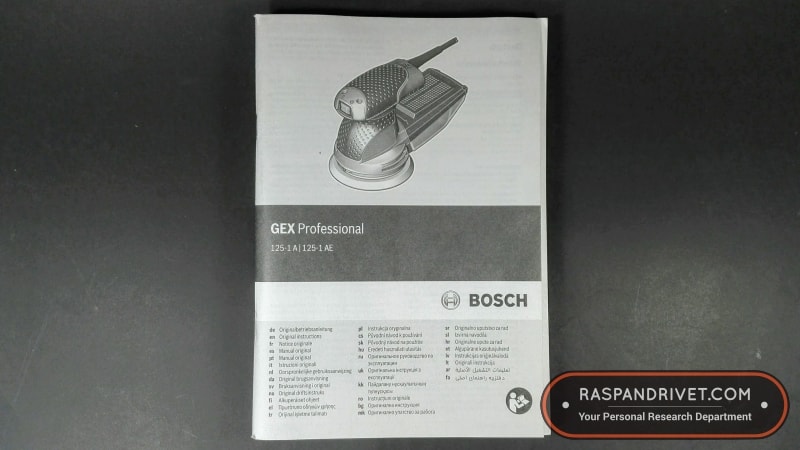 bosch gex 125 1 ae instruction manual
bosch gex 125 1 ae instruction manualReplaceable sanding plate
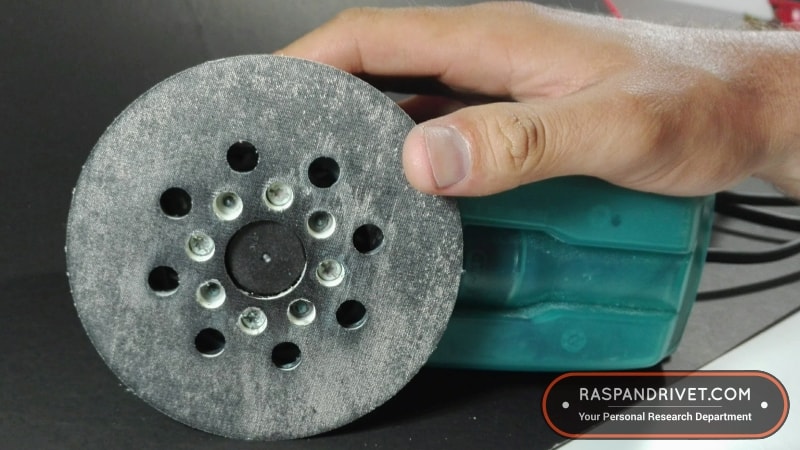 the bosch gex 125 1 ae's sanding plate
the bosch gex 125 1 ae's sanding plate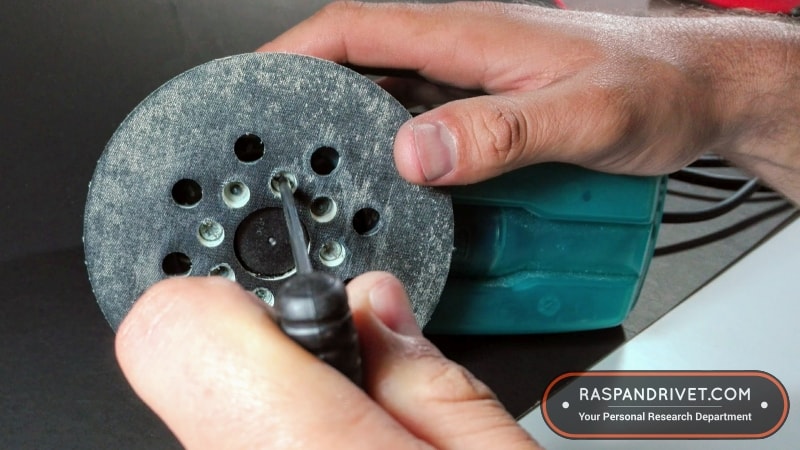 loosen the four torx screws with a t20 torx key
loosen the four torx screws with a t20 torx key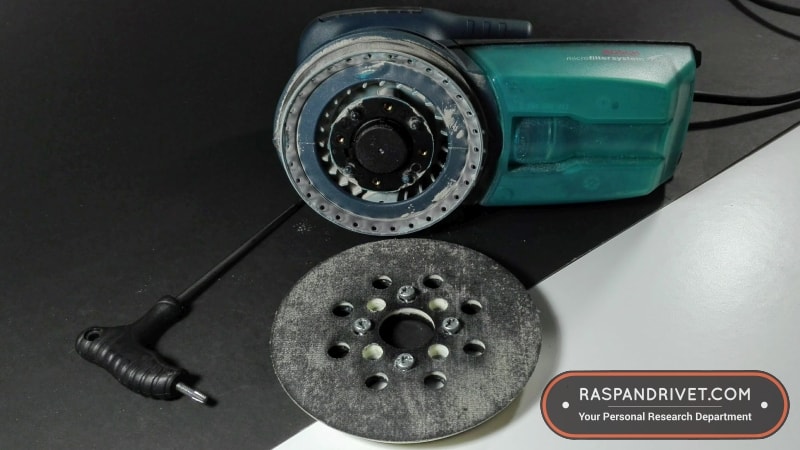 the sanding plate, removed from the bosch gex 125 1 ae
the sanding plate, removed from the bosch gex 125 1 aeSanding disc info
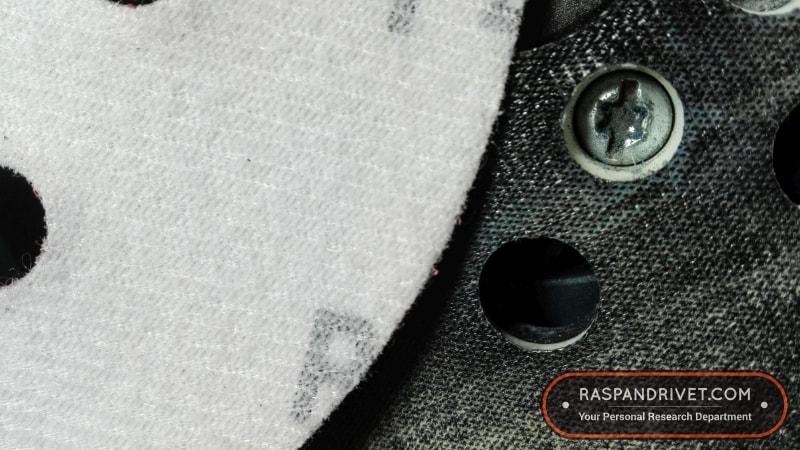 closeup of the bosch gex 125 1 ae's hook and loop system
closeup of the bosch gex 125 1 ae's hook and loop system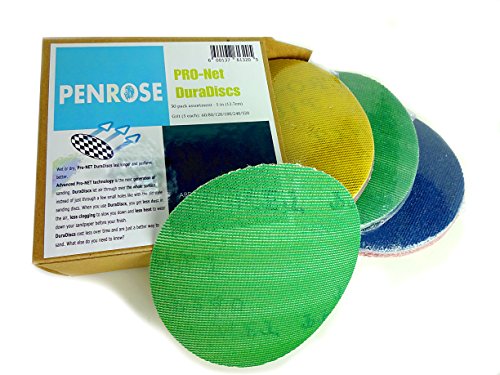 penrose pro net duradiscs dustless sanding discs for random orbit sander
penrose pro net duradiscs dustless sanding discs for random orbit sanderDust collection
 the bosch ros20vsc comes with a microfilter dust collector
the bosch ros20vsc comes with a microfilter dust collector to remove the dust collector, give it a twist, left or right
to remove the dust collector, give it a twist, left or right the dust collector, removed from the bosch gex 125 1 ae
the dust collector, removed from the bosch gex 125 1 ae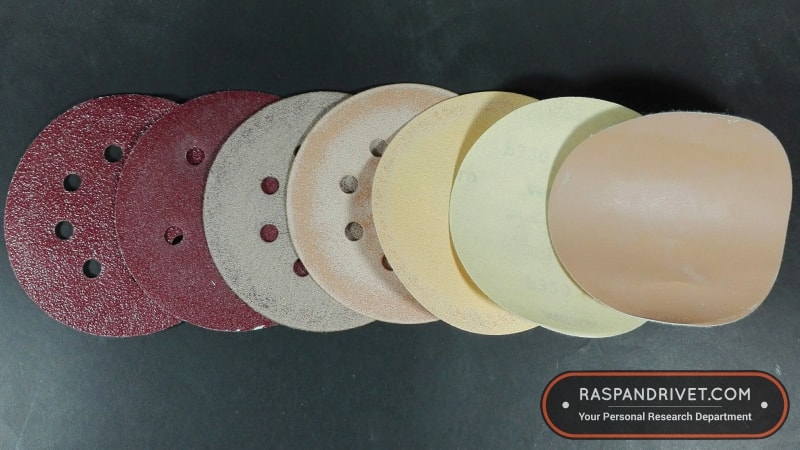 the discs i used for sanding in my work room. from left to right, 40 grit, 60 grit, 80 grit, 120 grit, 150 grit, 320 grit and 400 grit
the discs i used for sanding in my work room. from left to right, 40 grit, 60 grit, 80 grit, 120 grit, 150 grit, 320 grit and 400 grit the work area on my desk, before sanding
the work area on my desk, before sanding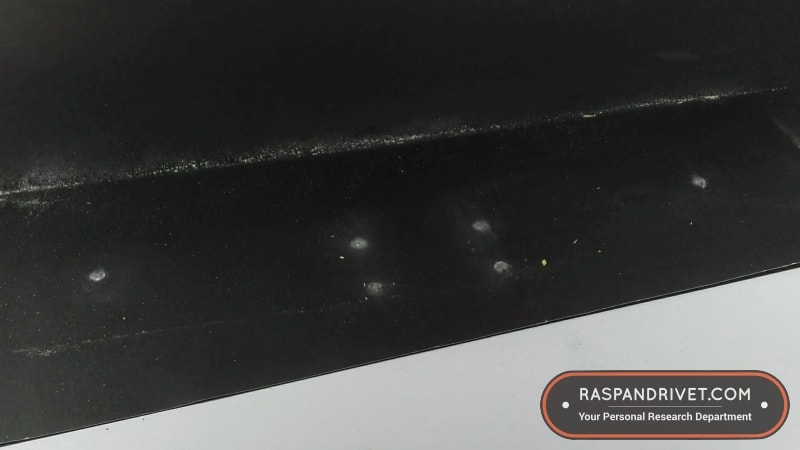 the work area on my desk, after sanding
the work area on my desk, after sanding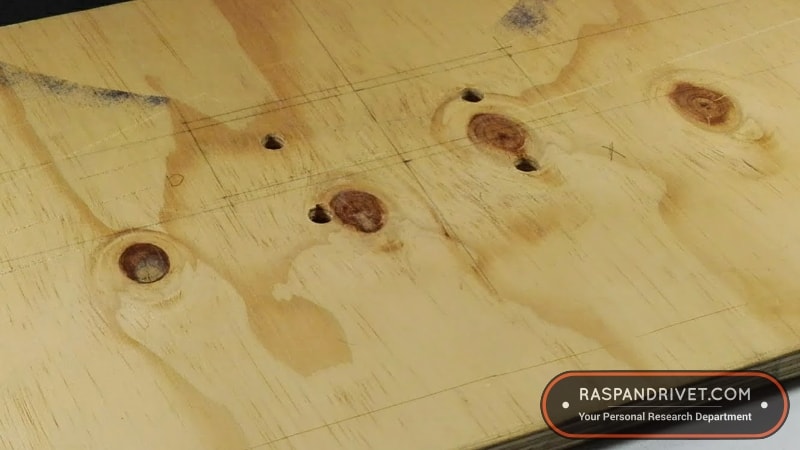 the piece of scrap plywood, before sanding
the piece of scrap plywood, before sanding the piece of scrap plywood, after sanding
the piece of scrap plywood, after sanding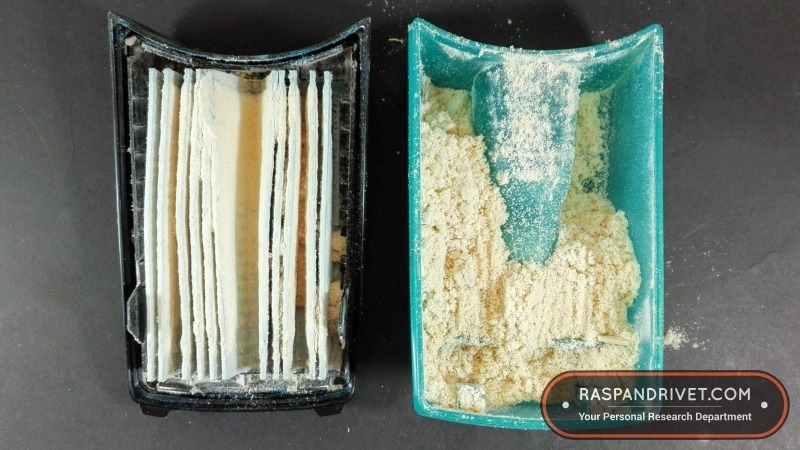 inside the bosch gex 125 1 ae's dust collector, after sanding the scrap piece
inside the bosch gex 125 1 ae's dust collector, after sanding the scrap piece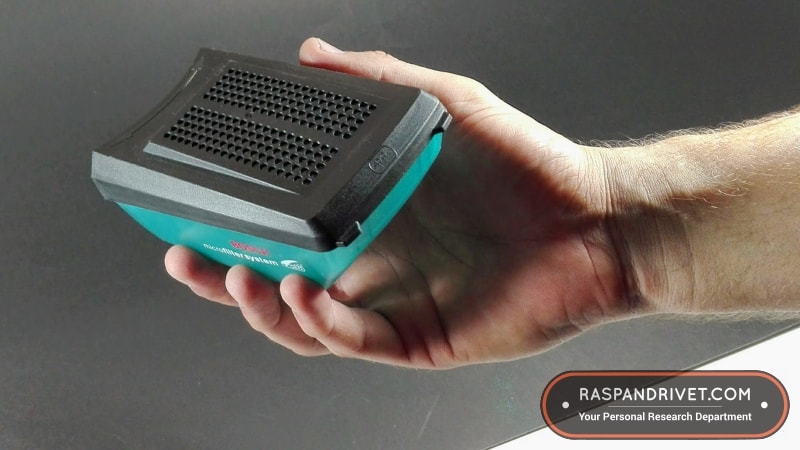 bosch gex 125 1 ae dust collector
bosch gex 125 1 ae dust collector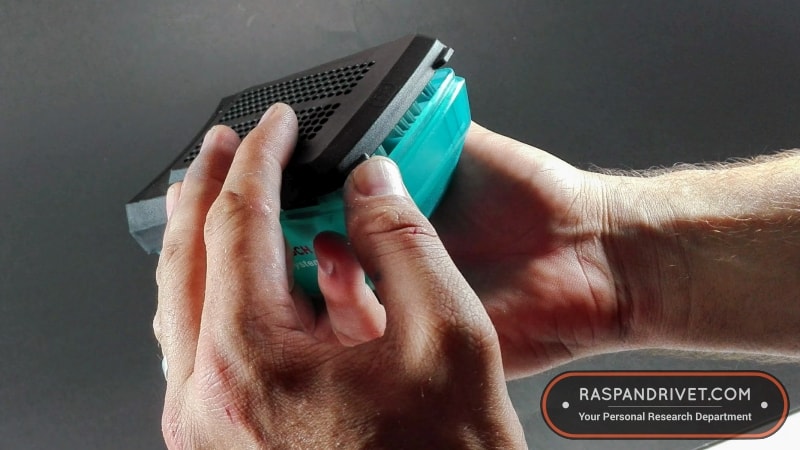 the dust collector pops open via two clips
the dust collector pops open via two clips the inside of the dust collector
the inside of the dust collectorVacuum
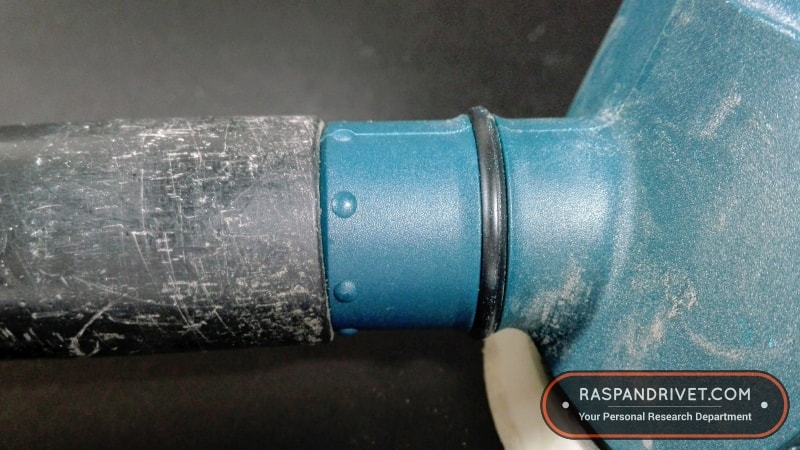 the problem: the vacuum cleaner's pipe doesn't fit onto the bosch random orbit sander's exhaust
the problem: the vacuum cleaner's pipe doesn't fit onto the bosch random orbit sander's exhaust adaptor, cut from a piece of 40mm pvc
adaptor, cut from a piece of 40mm pvc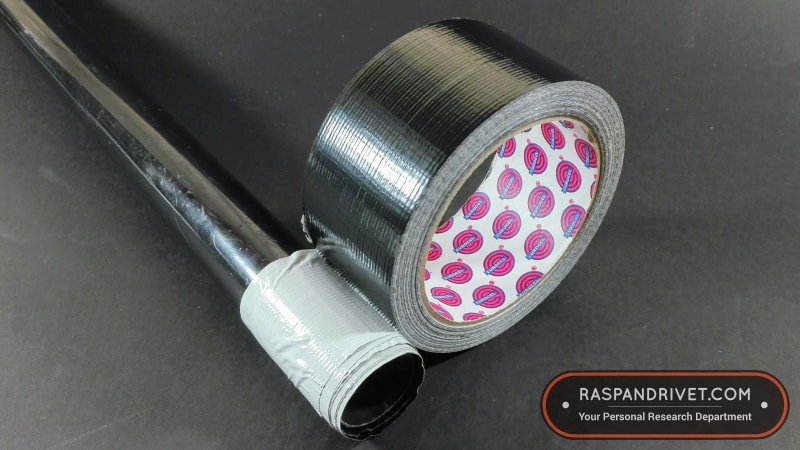 apply duct tape to the vacuum pipe in reverse
apply duct tape to the vacuum pipe in reverse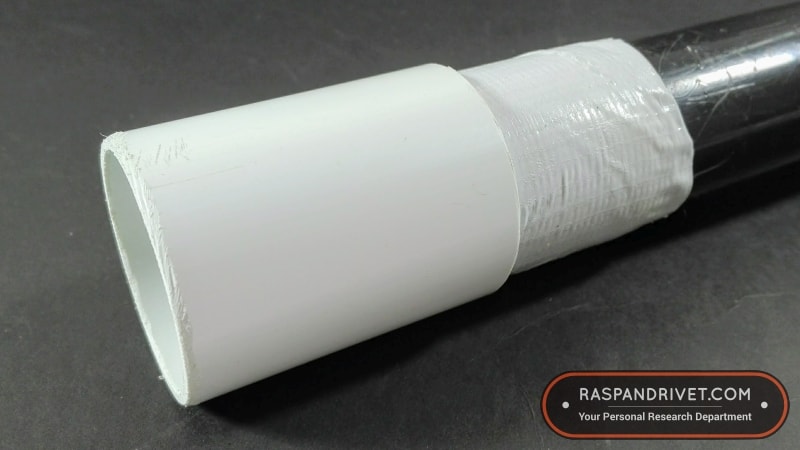 the pvc adaptor, pushed onto the duct tape that i applied in reverse to the vacuum cleaner
the pvc adaptor, pushed onto the duct tape that i applied in reverse to the vacuum cleaner the adaptor with duct tape inserted. this is for the vacuum pipe side
the adaptor with duct tape inserted. this is for the vacuum pipe side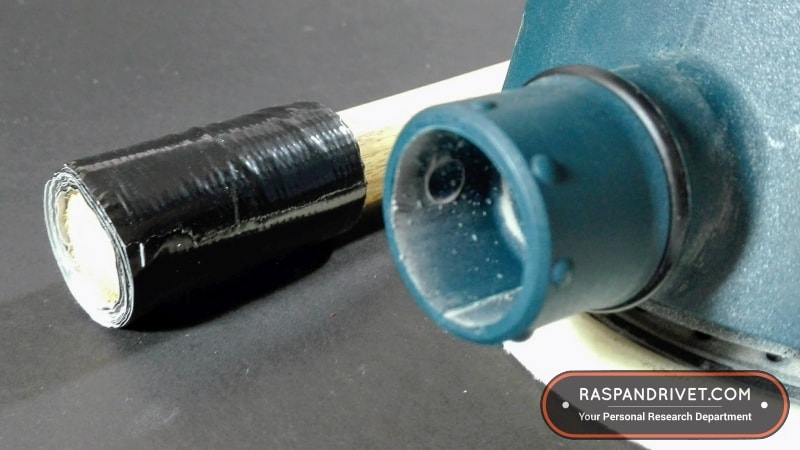 the duct tape on the dowel has the same diameter as the bosch' exhaust
the duct tape on the dowel has the same diameter as the bosch' exhaust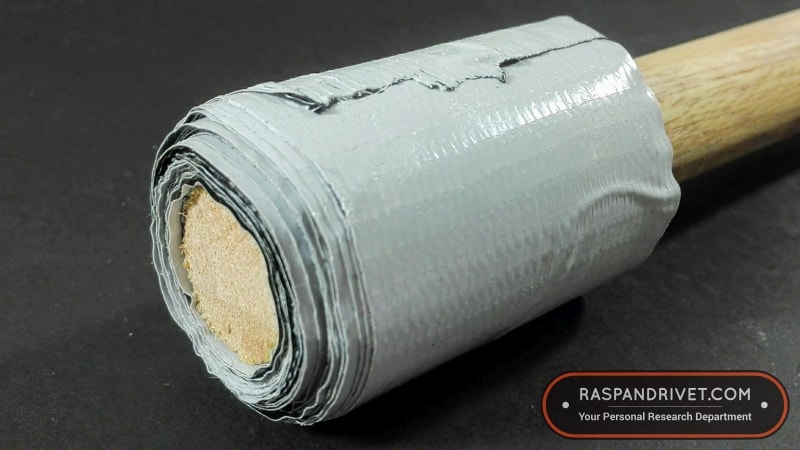 duct tape, applied in reverse over the duct tape applied to the dowel
duct tape, applied in reverse over the duct tape applied to the dowel the pvc adaptor, pushed onto the reverse applied duct tape
the pvc adaptor, pushed onto the reverse applied duct tape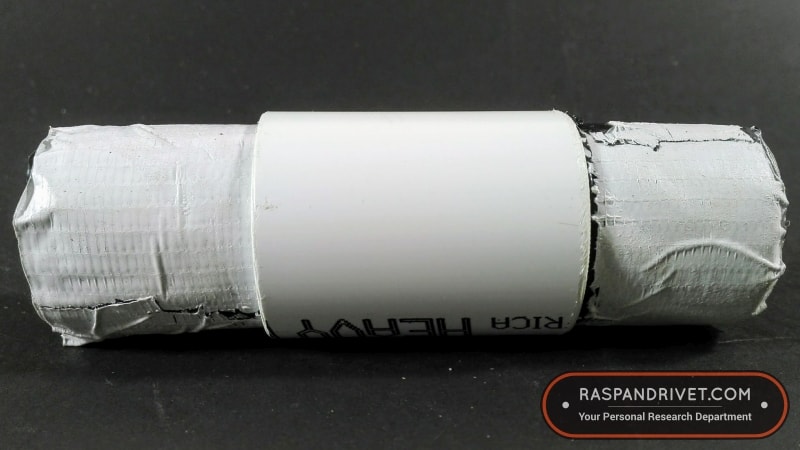 diy vacuum nozzle attachment for the bosch random orbit sander
diy vacuum nozzle attachment for the bosch random orbit sander my vacuum cleaner, attached to the bosch gex 125 1 ae
my vacuum cleaner, attached to the bosch gex 125 1 aeSanding tests
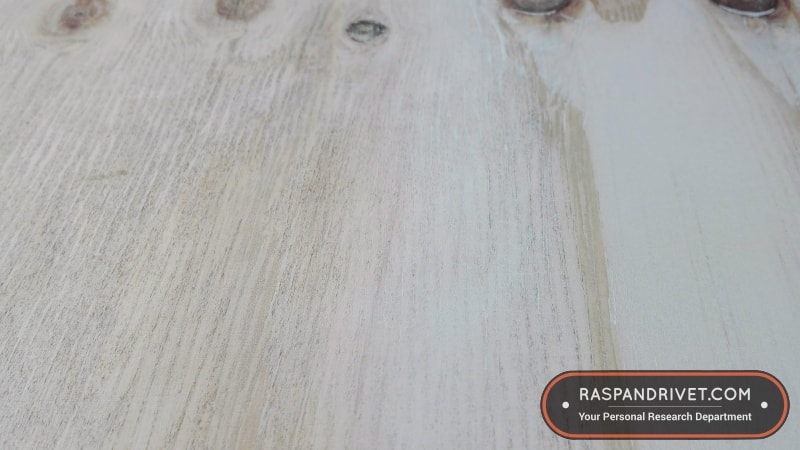 the left is unsanded, the right finished with the random orbit sander
the left is unsanded, the right finished with the random orbit sander the skimboard before sanding it with the bosch gex 125 1 ae
the skimboard before sanding it with the bosch gex 125 1 ae the skimboard after sanding half of it with the bosch gex 125 1 ae, using an 80 grit disc. it didn't work well. notice the build up on the disc
the skimboard after sanding half of it with the bosch gex 125 1 ae, using an 80 grit disc. it didn't work well. notice the build up on the discDifference between orbital sander and random orbit sander
 bosch os50vc orbital sander
bosch os50vc orbital sanderI bought a secondhand orbital sander for sanding skimboards and furniture.
It’s OK for light sanding, but it’s terrible for heavy material removal, and it’s a chore to change sanding paper. And sometimes the paper vibrates off the tool, while other times it tears.
I needed something that would make sanding easier and wouldn’t devour sandpaper.
Research led me to the 125mm (5 inches) Bosch GEX 125-1 AE random orbit sander (the 220V version). (The ROS20VSC is the exact same machine but in 120V format.)
Here’s what I think of it…
Ease of use
The Bosch ROS20VSC is a breeze to use.
Stick a Velcro sanding disc onto the sanding plate (line up the eight dust holes), press a button, and start sanding.
Want to go smoother on the finish? Rip off the current sanding disc and stick a finer grit disc onto it. Takes five seconds.
Don’t stress about following the grain, like you need to with a belt sander, orbital sander, or sanding block. Throw the random orbit sander in any direction. It doesn’t leave marks.
Like the Dremel Saw Max I reviewed, the Bosch ROS is a plug-and-play machine.
Surface quality
The Bosch ROS20VSC leaves a surface as smooth as you want it to be.
The sanding machine is one part of a system that gives you a smooth surface. Grit is another crucial component, as well as the time spent on each grit.
As far as the machine goes, it does its part in giving you a great finish.
Quick
The Bosch ROS20VSC is fast.
Changing a disc takes a moment or two.
A smooth finish is yours in two ticks.
Need to sand a radius into a workpiece? Use a coarse grit and watch it form in a minute.
Clean
The Bosch ROS20VSC comes with a removable dust collector.
It doesn’t catch every spec, but it does a fine job of keeping dust to a minimum.
Control
Because the Bosch ROS20VSC comes with variable speed, you have control over sanding velocity.
This is a brilliant feature because higher speeds coupled with uneven surfaces cause tool-walk. This is when the tool (in this case, a sander) bucks your direction in favor of its own course. This could cause scratches, which require more sanding.
Replaceable sanding plate
Is your sanding plate worn through from too much sanding? Don’t chuck your machine into the bin.
Simply change out the old sanding plate for a new one and you’re good to go.
You’ll need a T20 Torx key or flat-head screwdriver for loosening the sanding plate screws.
In the box
The Bosch ROS20VSC box contains the following items:
- Bosch ROS20VSC random orbit sander.
- Bosch 80 grit random orbit sanding disc (1 of).
- Instruction manual.
How to use
Follow three steps to use the Bosch random orbit sander:
- Plug it into an electrical outlet.
- Stick a hook and loop the sanding disc onto the sanding plate.
- Switch on the machine and start sanding.
How to sand
Don’t apply too much pressure when you sand with the Bosch ROS. Rely on its weight to do most of the work. Your job is to guide the machine to where you want it to sand.
You needn’t worry about sanding direction. The Bosch ROS20VSC is direction agnostic. It doesn’t leave marks, irrespective of which direction you sand your surface in. This is not the case with a belt sander, orbital sander or sanding disc, all of which leave scratch marks if you don’t sand with the grain.
If your surface is in a bad state, start with a rough grit sanding disc. I use a 40 grit on some jobs. It might be too heavy for the average sanding job, so perhaps start with 80 grit. Work your way up from there. (Remember, the higher the grit number, the smoother the sanding paper.) I use 40, 60, 80, 120, 150, 220, 300, and 400-grit sanding paper. At the 400 mark, the wood starts to reach a “smooth-as-butter” feel. If you wish, work it up to 600, perhaps beyond.
If your Bosch sander runs around on the job, drop the speed, or ramp it up, until you’re in control.
Sanding disc info
The Bosch ROS sanding plate is one-half of a hook and loop system. It has eight holes. Let’s take a closer look.
Velcro
The ROS20VSC uses a Velcro (or hook and loop) system for gripping sanding discs.
This is an excellent system because it allows for rapid change of sanding discs. Change sanding discs in seconds and get the job done in no time.
Holes
The Bosch ROS has eight holes in the sanding plate. These holes assist in dust extraction. So if you use sanding discs without holes, your random orbit sander won’t remove dust as well as it can.
Sanding disc range
There’s an overwhelming number of random orbit sanding disc manufacturers.
Tigershark stands out on Amazon. They make a range of 5-inch random orbit sanding discs with great ratings.
They make sanding discs from heavy-duty latex paper coated with aluminum oxide. Their pads are designed to reduce edge tears and offer increased sharpness and durability.
You’ll get them in the following varieties:
- 80 grit
- 100 grit
- 120 grit
- 150 grit
- 180 grit
- 220 grit
- 320 grit
- 400 grit
Dustless sanding discs
Penrose makes sanding discs they claim are dustless.
I can’t vouch for the accuracy of their claim, since I’ve not tried their discs yet. But they’re available on Amazon.
Dust collection
The Bosch ROS20VSC comes with a filtered dust collector.
How to remove the dust collector
To remove the Bosch’s dust collector:
- Twist the dust collector off.
- Shake it out into a bin.
- Twist it back on.
Although the dust collector doesn’t eliminate dust, it does a fine job of reducing it.
As a test, I used it in my workroom, which is not made for this sort of work. There’s no special ventilation and I don’t have an extraction fan either. For the test, I left the windows closed too.
I used the following discs:
- 40 grit
- 60 grit
- 80 grit
- 120 grit
- 150 grit
- 320 grit
- 400 grit
Some of the discs don’t have holes, while one has only six holes. This is what I could find at my local store.
The Bosch didn’t kick up nearly as much dust as I expected, even with the hole-less discs.
Here are before and after pictures of my work table and the workpiece…
Do the holes help with dust extraction?
Absolutely.
There’s a marked difference between the way the Bosch handles dust with discs containing holes, and discs without holes.
How to open the dust collector
To open the dust collector, release the clips and pop it open.
Vacuum
You can attach a vacuum nozzle to the Bosch ROS20VSC, provided you have the right connector.
Or duct tape.
My vacuum cleaner nozzle doesn’t fit, since the attachment is the same size as the Bosch’s exhaust.
DIY vacuum attachment
If you have some perseverance lying around, make your own random orbit sander vacuum attachment.
My vacuum pipe tapers up from 30.7mm (1.2 inches).
The PVC pipe I used has an outside diameter of 40mm (1.57 inches) and an inside diameter of 36mm (1.42 inches).
Here’s what I used in the making of the adapter:
- Roll of duct tape.
- Wooden dowel.
- PVC pipe.
Tools I used for this:
- Gyokucho dozuki saw (click here to read my review of this must-have saw).
- Hand files.
- Round and flat.
Here’s how I did it, in six steps…
- I cut a piece of PVC pipe, 53mm (2.08 inches) long, using my dozuki saw.
- Make this as long as you want it.
- I smoothed the edges using metal files.
- I applied duct tape to the vacuum pipe, but in REVERSE.
- This gives the duct tape the same inside diameter as the pipe, so the pipe fits snugly into the duct tape.
- It must have an outside diameter equal to that of the inside diameter of the PVC adapter.
- I stuck the newly formed duct tape tube into the piece of PVC pipe I cut.
- I rolled duct tape onto a wooden dowel.
- The dowel has a 19.4mm (0.76 inches) diameter.
- It needs to be 28mm (1.102 inches), which is what the Bosch ROS exhaust is.
- The dowel has a 19.4mm (0.76 inches) diameter.
- I rolled duct tape, in REVERSE, onto the duct tape on the dowel.
- I stuck the other end of the PVC adapter over the reversed duct tape on the dowel.
That’s it. You now have a makeshift vacuum pipe adapter for your random orbit sander. It should give you a few months of service before it falls apart.
Sanding tests
The Bosch ROS20VSC excels at sanding wood. I tackled a number of projects with it, apart from the skimboards (for which I bought it).
I sanded an 18mm shutter-ply for a corridor cupboard, for one.
I went from 40 grit through to 400 grit, giving the wood a finish smoother than a Kenny G album.
I sanded one of the first skimboards I made, to re-coat it. This didn’t work well, the reason being that the board was coated with a few coats of primer and a number of top coats. It clogged up the sanding discs. In future, I’ll use a chemical paint stripper or heat gun to remove thick paint.
However, once the paint was off, getting the board smooth took only a few minutes.
Price
The ROS20VSC (120V) sells for $49 on Amazon.
Click here to buy the ROS20VSC now.
The GEX 125-1 AE (220V) sells for $112 on Amazon.
Click here to buy the GEX 125-1 AE now.
Sanding disc cost
You can buy a pack of six Bosch discs for a little over 10 dollars.
And although Bosch’s sanding discs are great, you’ll find a myriad of options on Amazon, many of which offer you fantastic sanding at a great price.
Difference between orbital sander and random orbit sander
They sound the same, but there’s a big difference between the two. Random orbit sanders are more expensive than orbital sanders, but they’re superior machines.
An orbital sander uses an orbital action to remove material.
A random orbit sander uses an orbital action, as well as a rotational action, to remove material.
It’s two for the price of one.
While an orbital sander works fine for finishing, the random orbit sander is superior, in that it allows you to do heavy material removal, as well as finishing.
Below is a picture of the Bosch OS50VC orbital sander. Although it’s a fantastic machine, it’s different from a random orbit sander.
Warranty
According to the Bosch FAQ section, Bosch blue products carry a twelve-months-from-date-of-purchase warranty.
If you register the tool online within four weeks of purchase, you extend the warranty to 36 months.
Registration is not available in all countries.
Final thoughts
The Bosch GEX 125-1 AE (the 120V version is coded ROS20VSC) random orbit sander is an excellent tool for removing material and finishing wood.
It’s safe. A belt sander is fantastic for fast material removal. The problem is, it’ll remove your skin in no time too. It’s not a toy, especially if you’re not strong enough to handle it. The Bosch random orbit sander is much safer than a belt sander. I placed my hand on the sanding disc while it was running with a 40-grit disc, and it didn’t harm me.
It’s versatile. Although it doesn’t remove the material as quickly as a belt sander, it’s much quicker than an orbital sander or a sanding block. It works on level surfaces, and I had no trouble shaping round corners.
It’s quick. Because the GEX’s sanding discs attach to the sander via Velcro (hook and loop fastening), you speed through different grits quicker than a Mustang racing a little old lady with a walking stick.
It’s easy. The discs are easy to remove. Also, you need not apply heavy pressure for it to work well. If you want to remove more material, faster, use a coarser grit. But don’t press too hard. Guide the tool and let it do the work for you. A normal orbital sander must be used in the direction of the grain. The Bosch random orbit sander is direction agnostic, meaning you can sand in any direction across your wooden project.
It gives a great finish. I needed a machine to handle rough and finish sanding. A beautiful, smooth finish is crucial (especially for my skimboards and my wife’s cupboards). The Bosch ROS gives me that.
I love the Bosch ROS20VSC. I think you’ll like it too.
